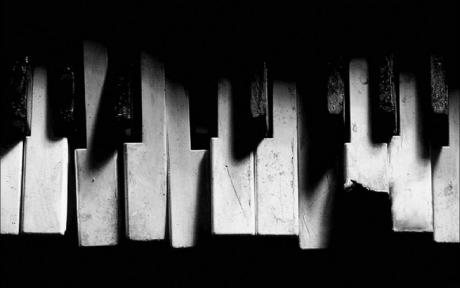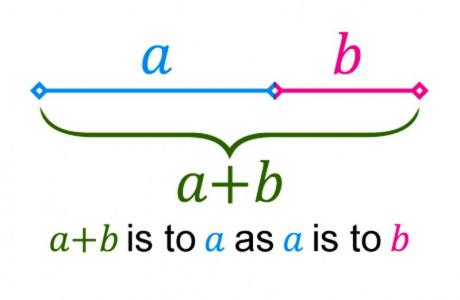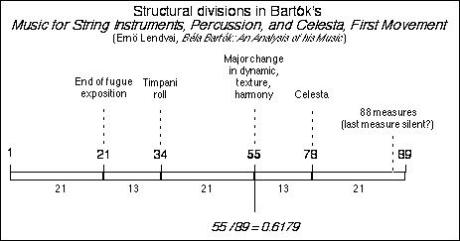Rockové klávesy - Fibonacciho posloupnost a zlatý řez v hudbě
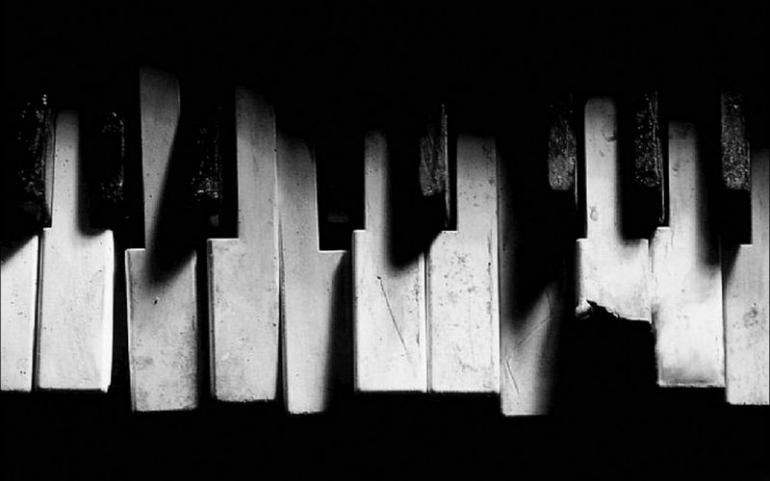
Welcome back! This month is part two of our in depth look at magical math in music. In last month’s article, we spoke of the discovery of phi, the golden ratio, and Leonardo of Pisa’s rabbits(?!). Please reference that article for the history and theory of the concepts that we will discuss in this article. This month we will look at the geometric expression of the Fibonacci series, the golden ratio. If you remember from last month, this is a ratio expressed numerically by the irrational number phi, roughly 1.618. This ratio is present everywhere in nature like in a mollusk’s shell or artichoke and in many great works of music and art like the Mona Lisa and Fifth Symphony of Beethoven. I want to continue right where we left off; If you remember, we were finding the golden measure in a Bach Prelude in C Major. Here’s the formula:
N (number of measures) x .618 (inverse of phi) = the Golden Measure
35 x .618 = 21.63
On Bar 22, if you remember, we had a very powerful F# Diminished chord that seemed to come from nowhere. Many composers use the golden measure bar as a place for some dramatic harmony or rhythm because of it’s seemingly magical location in a piece of music
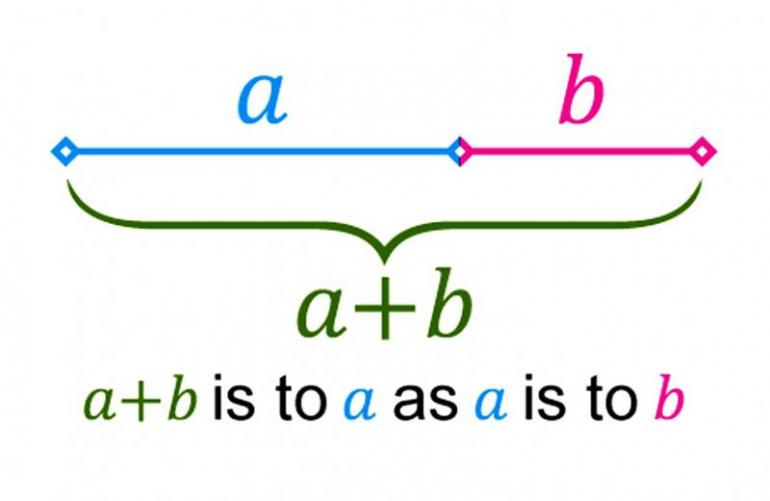
Ok, I want to examine just one more contemporary classical composer before we move on to more modern uses of the golden ratio by artist such as Chubby Checkers, Radiohead and LeAnn Rhymes. The gentleman we will talk about in the next section seems like he composes his music using the golden ratio as his primary muse.
Use of Golden Ratio in Béla Bartók’s music
Enigmatic Hungarian composer, Béla Bartók, supposedly used the golden ratio extensively. In 1955, a music analyst, Ernö Lendvai, published a study of Bartók’s claiming that the golden ratio and Fibonacci numbers are everywhere in his music. As an interesting side note, Bartók, supposedly loved sunflowers which, if you remember from the last article, are a beautiful example of the Fibonacci logarithmic spiral. Lendvai’s work has been called into question at points but there are some compelling “coincidences” in the music. Remember again the Fibonacci sequence; 1, 1, 2, 3, 5, 8, 13, 21, 34, 55, 89, 144... In Music for Strings, Percussion, and Orchestra, we see the sequence in actual bar numbers. The piece is 89 measures long (some critics say 88; “It's a bar of rest at the end,” answers Lendvai), The loudest musical climax occurs in bar 55. At bar 34 the violin mutes are removed. The exposition of the melody is also 21 bars long. Look to the numbers to see the sequence light up. In this instance, it seems possible that Bartók was using the numbers in the Fibonacci sequence for musical sign posts.

In the third movement of the same piece, we see another expression of the numbers. Check out the xylophone opening:

The rhythmic grouping of the notes goes right up the sequence then back down again emphasized by the crescendo on the 8 group.
Now let’s zoom ahead a few hundred years and show you the ancient number sequence in some of the most cutting edge modern pop and rock.
Complex math in simple pop tunes?
Yes it’s true. Even the most simple pop tunes have the golden ratio. If you have ever been to a songwriting workshop you have probably seen this formula before:
verse-chorus-verse-chorus-bridge-chorus-chorus
This is a form of tune construction very common in pop and rock hits. Check out The Twist from Chubby Checkers:
www.youtube.com/watch?v=xbK0C9AYMd8
Does the ratio of where the bridge sax solo comes in remind you of something? Even modern pop diva, LeAnn Rimes is hip to the golden section. Check out where the bridge comes in on How Do I Live without You.
www.youtube.com/watch?v=1Olo8gzgpC4
I’m not saying these artists are purposefully doing math to find where the golden bar is. I think this ratio just resonates with us somehow. Remember that the discoverers of the golden ratio thought of it as an expression of harmony, balance, and beauty.
Fibonacci Series in Tool: Lateralus and Radio Head "Reconer"

Brian with Danny Carey of Tool at Baked Potato in L.A photo credit: Shawn Stevenett
The song Lateralus by Tool also has purposeful Fibonacci references:
www.youtube.com/watch?v=EDlC7oG_2W4
For instance, the time signatures in the chorus change from 9/8 to 8/8 to 7/8. 987 happens to be the 16th number in the Fibonacci sequence. Danny Carey has confirmed the use of the sequence in the tune. Maynard James Keenan’s vocals also follow the Fibonacci numbers. These are the lyrics from the 1st verse: “Black, then, white are, all I see, in my infancy. Red and yellow then came to be.” The syllables of the words follow the Fibonacci sequence 1, 1, 2, 3, 5, 8. The major sections of the song, like the end of the introduction, also occur at golden ratio points.
There’s also been gossip that the Radio Head album In Rainbows has a golden ratio moment in the song Reconer. Some Radihead super fans say that at the 2 minute 49 second mark, which is time wise 61.8 % (.618) into the album, the group can be heard chanting In Rainbows.
www.youtube.com/watch?v=NPW-eo0aE_g
This is just the beginning too. I urge you to check out more mathematically generated music, such as the symmetrical scales of Olivier Messiaen or the serialism of Arnold Schoenberg. The next time you are composing something, experiment with putting a golden measure of your own in or using some ratio in the golden sequence in a musical way. It may be just the thing to make the tune fall into place.
Fráze a hudební termíny:
Irrational number: Přeložit si to jistě umíte, ale pamatujete si ještě ze školy, co je iracionální číslo? Pokud ne, tedy: Takto označujeme číslo, které nelze vyjádřit jako podíl dvou celých čísel. Poznáme ho mimo jiné tak, že pokud se ho pokusíme vyjádřit desetinným číslem, jeho desetinný rozvoj nikdy nekončí a neobjevuje se v něm žádná perioda. V našem textu se toto týká konstanty fí, která je jádrem zlatého řezu a Fibonacciho posloupnosti.
Enigmatic: Tajemný, záhadný.
Call into question: zpochybnit platnost nebo hodnotu něčeho
Compelling: Přesvědčivý (v tomto významu je slovo použito ve článku) nebo „motivující člověka k určitému činu“.
Climax: Vrchol či vyvrcholení (vím, na co teď myslíte), např. hudební skladby.
Cutting edge: Kromě známé série učebnic angličtiny stejného jména tento výraz znamená především moderní, novátorský, jdoucí s dobou.
Hip to: „To be hip to something“ znamená „mít o něčem povědomí“, vědět o něčem a rozumět tomu.
Golden section: Opět zlatý řez, který doposud Brian nazýval golden ratio (doslova zlatý poměr). Slovo„section“ většina lidí chápe jako část, ale ono jde doslova o řez. Jen se zeptejte třeba gynekologů-porodníků, čemu říkají sekce.
Bridge: Tento název pro určitou část skladby jste už určitě slyšeli. Zdá se ale, že různí lidé tento výraz používají v různém významu. Lze jej chápat jako část, která propojuje sloku a refrén, nebo také střední část, která přichází často po druhém či třetím refrénu (tomu se někdy říká v češtině „speciál“ a v angličtině „middleeight“, protože má nejčastěji osm taktů).
Happens to be: „Jen tak náhodou“ nebo „je mimochodem“.
There’s been gossip: Povídá se, je předmětem „drbů“ apod.
Fall into place: Tato fráze znamená něco jako „přirozeně do sebe zapadnout“. Zpravidla popisuje situaci, kdy na základě nějakého impulsu, nebo dokonce zdánlivě sám od sebe vznikne v chaosu řád.
